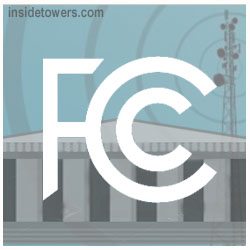
The FCC on Tuesday okayed capital to speed up restoration of communications networks in Puerto Rico and the U.S. Virgin Islands (USVI) that were destroyed during last year’s hurricanes. The Order and Notice of Proposed Rulemaking includes an immediate infusion of about $64 million in additional funding for short-term restoration efforts. The agency also seeks comment on injecting nearly $900 million in medium- and long-term aid to expand and improve broadband access across the islands.
Island-based carriers asked the FCC for more help toward the end of 2017. Tuesday’s decision means in 2018, the Commission will continue to provide, at a minimum, current levels of high-cost support to carriers in Puerto Rico and USVI. Fixed carrier Puerto Rico Telephone Company will continue to receive approximately $36 million annualized and mobile carriers (Centennial Puerto Rico Operations Corp., Suncom Wireless Puerto Rico Operating Co., Cingular Wireless, Puerto Rico Telephone Company, PR Wireless Inc., and Worldnet Telecommunications, Inc.) will continue to receive about $79.2 million annualized, according to the Commission. In the USVI, fixed carrier Viya will continue to receive roughly $16.5 million annualized and mobile carrier Choice Communications will continue to receive approximately $67,000 annualized. Continue Reading











 T-Mobile
CEO John Legere and Sprint CEO Marcelo Claure are headed to Washington,
D.C. this week to try and convince regulators to approve their plans to
merge their companies.
T-Mobile
CEO John Legere and Sprint CEO Marcelo Claure are headed to Washington,
D.C. this week to try and convince regulators to approve their plans to
merge their companies.